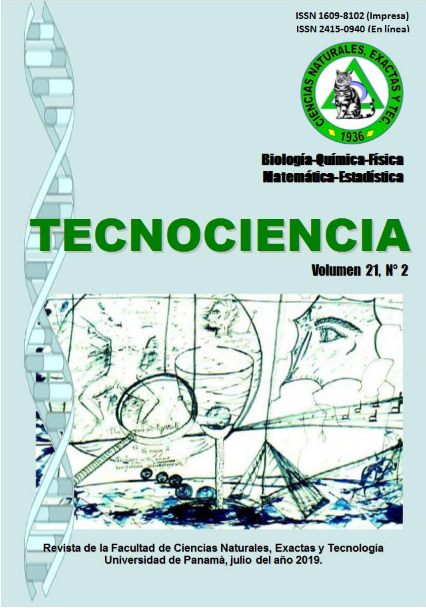

The corrosion products formed on carbon steel exposed to the open atmosphere in the tropical marine environment of Fort Sherman, Caribbean coast of Panama, were studied and compared to those obtained in an urban test site in Panama City. X-ray powder diffraction, Fourier Transform Infrared spectroscopy and transmission Mössbauer spectroscopy showed that Sherman rust was akaganeite (b-FeOOH), goethite (a-FeOOH), lepidocrocite (g-FeOOH), non-stoichiometric magnetite (Fe3- XO4) and maghemite (g-Fe2O3). All of them, but akaganeite were detected in Panama. The important amounts of magnetite/maghemite and akaganeite in Sherman are due to the high chloride contamination and could be related to high corrosion rates. There are important differences between both sides of Sherman corroded steel panels. The skyward face has larger particle sizes, with magnetic goethite as a predominant phase, with an important contribution from maghemite. Lepidocrocite, nanoparticles of goethite and akaganeite were also present. The particle size was smaller for the earthward face, which also contained magnetite, lepidocrocite and akaganeite. The dark corrosion product in the inner layer (central parts of the panels) consisted, mainly, of non-stoichiometric magnetite, akaganeite and goethite in large particle size distribution.